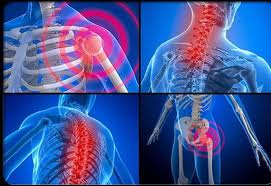 Myofascial pain syndrome is a chronic pain disorder. With myofascial pain syndrome, the pain affects the connective tissue (fascia) of a muscle or group of muscles. With myofascial pain, there are areas called trigger points. A Trigger Point is a hyper-irritable spot within a taut band of skeletal muscle or muscle fascia which is painful on compression. These trigger points can refer pain to other areas and often restrict the flexibility of the affected muscle. If left untreated, they can create new trigger points.
Myofascial pain syndrome is a chronic pain disorder. With myofascial pain syndrome, the pain affects the connective tissue (fascia) of a muscle or group of muscles. With myofascial pain, there are areas called trigger points. A Trigger Point is a hyper-irritable spot within a taut band of skeletal muscle or muscle fascia which is painful on compression. These trigger points can refer pain to other areas and often restrict the flexibility of the affected muscle. If left untreated, they can create new trigger points.
What are the symptoms?
The main symptom of myofascial pain syndrome is ongoing muscle pain, in areas such as the low back, neck, hips, and shoulders. You might feel the pain or the pain may get worse when you press on a trigger point. Symptoms of myofascial pain may include:
- A muscle that is sensitive or tender when touched
- Muscle pain that happens when pressure is placed on a trigger point
- Pain that is aching, burning, stinging, or stabbing
- Reduced range of motion in the affected area
People with myofascial pain syndrome often have other health problems, such as tension headaches, depression, sleep problems, and suffer from fatigue.
New Ways to Treat Myofacial Pain:
eToims ~ Electrical Twitch Obtaining Intra-Muscular Stimulation (eToims) is aimed at alleviating pain and dysfunction caused by muscle and nerve injury. It involves the use of an electric current to produce a twitch in the muscle that is strong enough to stimulate or excite the deep fibers of a muscle. Basically “jump starting” the muscles to release, relax, and allow blood to follow to the muscles and nerve so that they can “breathe”.
Class IV K-Laser ~ Laser Therapy or “photobiomodulation”, is the use of specific wavelengths of light (red and near-infrared) to create therapeutic effects. During each painless treatment laser energy increases circulation, drawing water, oxygen and nutrients to the damaged area. This creates an optimal healing environment that reduces inflammation, swelling muscle spasms, stiffness and pain. As the injured area returns to normal, function is restored and pain is relieved.
IMS ~ Trigger point dry needling, also referred to as intramuscular stimulation (IMS) and/or intramuscular therapy (IMT) is an invasive procedure in which an acupuncture needle is inserted into the skin and muscle. Intramuscular therapy has been very successful for patients with chronic low back pain and sciatica symptoms.
Physiotherapy | Trigger Point Therapy
Trigger point therapy involves applying pressure to the trigger points for a sustained period, followed by passive and active stretch and heat where indicated. The goal is to deactivate the trigger points and teach the patient how to prevent and manage recurrences. When these approaches are combined with mobilization and posture retraining techniques provided by a physiotherapist they provide a long-lasting and patient-managed way to reduce pain and improve function.
Myofascial pain often goes away with appropriate treatment and life style changes. Please contact our healthcare practitioners and discuss what treatment is right for you.

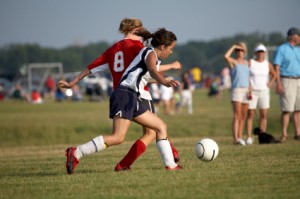

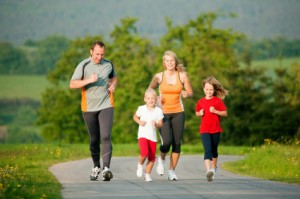
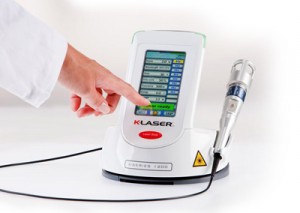
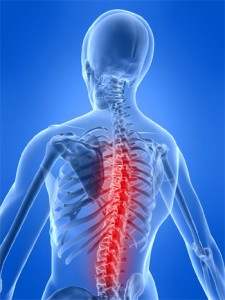
 What is eToims – Needless IMS?
What is eToims – Needless IMS?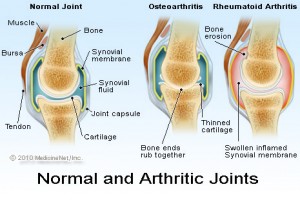
 Diabetes is a chronic condition that stems from the body’s inability to sufficiently produce/properly use insulin which the body needs to use sugar as an energy source. Diabetes can lead to
Diabetes is a chronic condition that stems from the body’s inability to sufficiently produce/properly use insulin which the body needs to use sugar as an energy source. Diabetes can lead to 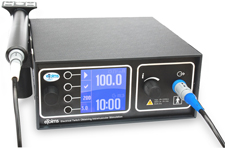 Victoria’s Diversified Health Clinic is the first location on Vancouver Island to offer
Victoria’s Diversified Health Clinic is the first location on Vancouver Island to offer 